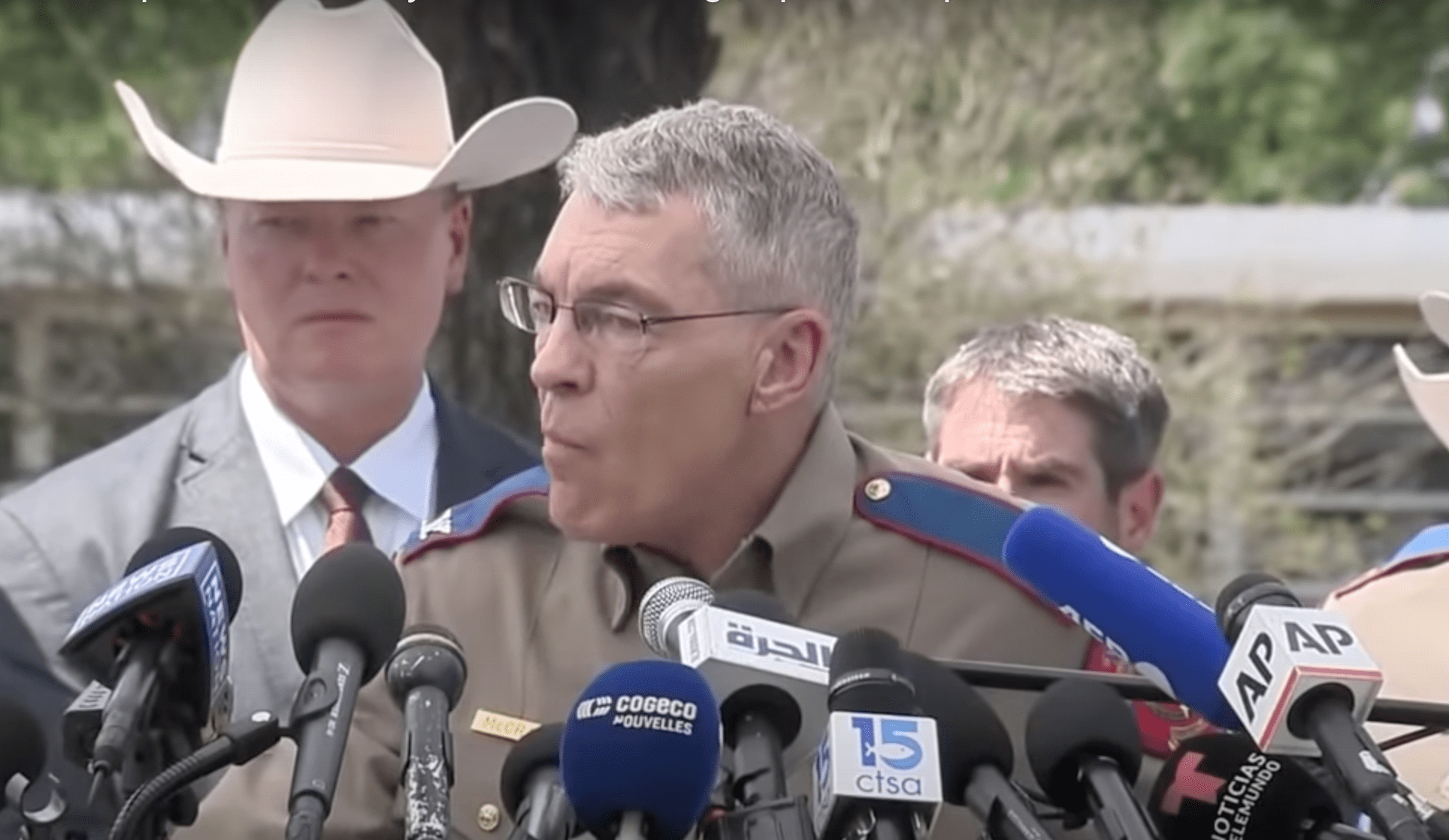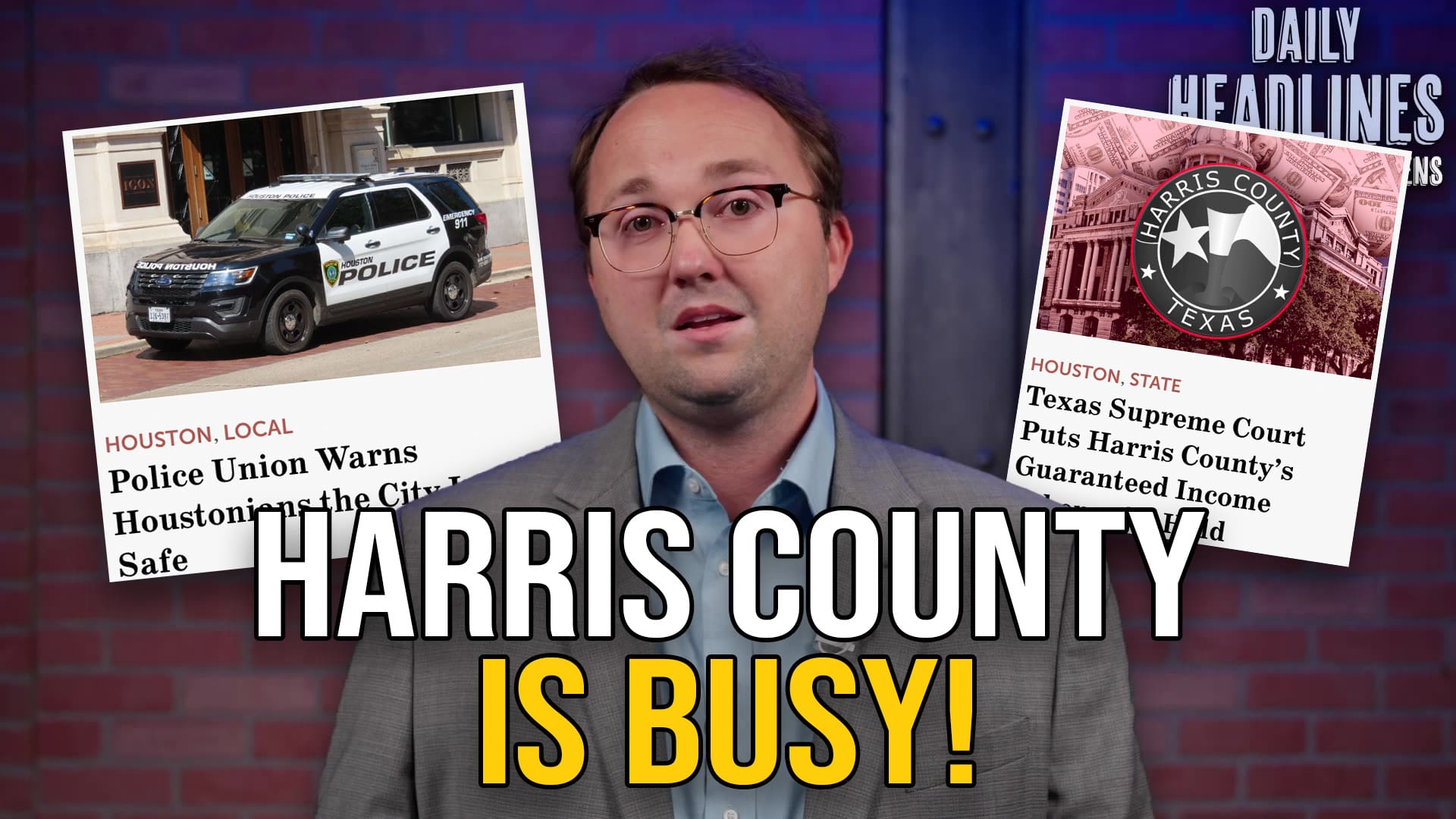Today—before the Senate Special Committee to Protect All Texans convened to review previous legislative actions, examine the state response, and develop recommendations for future legislation—Texas Department of Public Safety Director Steven McCraw provided clarity on the timeline of events in Uvalde.
According to McCraw, “There is compelling evidence that the law enforcement response to the attack at Robb Elementary was an abject failure and antithetical to everything we’ve learned over the last two decades since the Columbine massacre.”
This statement follows the various reports that available law enforcement waited outside the elementary school while 19 children and two teachers were murdered inside.
“One hour, 14 minutes, and eight seconds” went by before law enforcement engaged the shooter, according to McCraw.
The horrific actions of a disturbed 18-year-old man have once again placed a spotlight on school shooters and the need to better protect innocent lives.
One of the main security issues with Robb Elementary in particular seems to be that the locking mechanism on the classroom door could not be secured from the inside. Due to this, the shooter was able to enter the classroom and hold his position while law enforcement arrived on the scene and then waited outside the classroom.
McCraw testified that waiting is never the prescribed response to an active shooter situation.
“You stop the killing. You stop the dying. The other part of that doctrine is you isolate, you distract, and you neutralize. Everyone’s taught this. … We practice it, we preach it. This is the doctrine, and it recognizes that you run to the sound of gunfire. When you get to the gunfire, you don’t stop. When you get there, you’re going into gunfire.”
McCraw said that based on various assessments of Robb Elementary itself, the school was vulnerable because of its lack of controlled access points; the locking mechanisms on various doors either didn’t work or were vulnerable to picking or prying, and the perimeter fence was unsecured.
Additionally, a communication breakdown occurred during the massacre due to radios not working properly. McCraw suggested antennae on campuses could expand the signal within the school and solve this problem in the future.
State Sen. Judith Zaffirini (D-Laredo) asked McCraw whether a possible policy requiring citizens to report possible school shooter threats to police, just like it is required to report possible child abuse, would be helpful.
“All it takes is one report. That might give us the opportunity, and obviously, that didn’t happen in this case,” said McCraw. “And unfortunately, every time you go back and look at one of these tragic situations, you see opportunities that we had to be able to stop that pathway for that violence.”
“I’m disappointed in the social media industry for not being more proactive,” said McCraw, honing in on one failure in reporting. The shooter was active on several social media and gaming sites and had articulated disturbing fantasies online before the massacre occurred in Uvalde.
In regards to his personal recommendation, McCraw wants to train every state trooper in breaching practices and put a go-bag with breaching tools and a ballistic shield in every patrol car.
Law enforcement on the scene failed to respond to the shooter quickly due to the commands of Uvalde ISD Police Chief Pete Arredondo, who kept the men from breaching at vital times, testified McCraw.
However, when State Sen. Brandon Creighton (R-Conroe) alluded to a potential DPS takeover of the scene or the men on scene taking matters into their own hands, McCraw said, “It’s dangerous to self-deploy.”
McCraw highlighted that it is never DPS policy to take over a situation where an incident commander is already in place, laying the blame at Arredondo’s feet.
Creighton highlighted the school marshal program already in place that would allow for armed teachers on campuses. McCraw agreed that having someone at the school ready to engage would be ideal since it still took law enforcement 3 minutes to arrive on the scene.
State Sen. Royce West (D-DeSoto) questioned whether McCraw would have any reservations about arming teachers. “Not if they’re trained. None whatsoever,” responded McCraw.
“Anytime that you have a large aggregation of children at a location, especially outdoors or … affiliated with school, outside activities, we’re always concerned,” said McCraw. “It’s a soft target to begin with.”
West then alluded to possibly raising the age limit to buy a gun or requiring psychological screening for gun purchases, but McCraw maintained that strictly violent offenders should not have access to guns and that “specific and credible information” would be needed before limiting anyone’s access to guns.
State Sen. Donna Campbell (R-New Braunfels) brought up the possibility of panic buttons, and McCraw agreed that it is a valid recommendation. “It was one of the recommendations, as I mentioned earlier, that we have a centralized alert system that would notify everybody at the same time.”
Ultimately, the Uvalde massacre is a textbook example of what not to do in an active shooter situation, according to State Sen. Paul Bettencourt (R-Houston). These recommendations, in addition to many others, will be taken into account by lawmakers during the 88th Legislative Session as they grapple with possible legislative actions for protecting school children.





